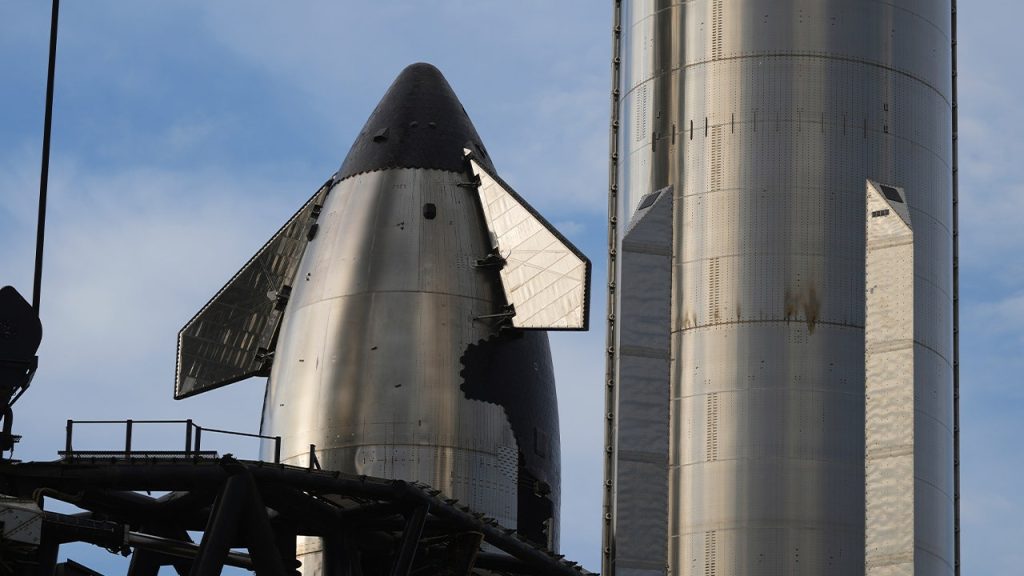SpaceX’s Starship Faces Another Setback as Sunday Launch Gets Scrubbed
SpaceX’s ambitious Starship program encountered yet another delay in its journey toward reusable spaceflight when the planned tenth test flight was scrubbed on Sunday evening. The massive 403-foot rocket—the tallest and most powerful ever built—was poised for liftoff from SpaceX’s Starbase facility in South Texas when engineers identified problems with the ground systems. “Standing down from today’s tenth flight of Starship to allow time to troubleshoot an issue with ground systems,” the company announced on X (formerly Twitter), offering no further details about the nature of the problem. This latest setback adds to a challenging development timeline that has seen the revolutionary spacecraft experience multiple failures, including three dramatic explosions in 2023 alone, as SpaceX pushes the boundaries of rocket technology.
The scrubbed test had been eagerly anticipated as Starship’s most ambitious mission yet, with several high-stakes objectives planned to demonstrate the system’s reusability—the cornerstone of Elon Musk’s vision for making space travel more affordable and sustainable. Engineers had planned to deploy Starlink satellite simulators, attempt a landing burn using a backup engine, and guide the Super Heavy booster to a controlled splashdown in the Gulf of Mexico. Most significantly, this would have marked SpaceX’s first attempt to return the Starship upper stage to the launch site—a critical capability for Musk’s long-term goals of lunar landings and eventual Mars colonization. The Tesla founder had built anticipation for the flight just days earlier, sharing a photo of the gleaming spacecraft on social media with the message: “Getting ready to launch Starship.”
Starship represents a revolutionary approach to space transportation, standing taller than the legendary Saturn V rockets that carried Apollo astronauts to the Moon in the 1960s. The complete vehicle consists of two major components: the 232-foot Super Heavy booster that provides the initial thrust, and the 171-foot Starship upper stage designed to eventually carry both crew and cargo into deep space. What makes this system truly groundbreaking is its planned full reusability—unlike traditional rockets that are mostly discarded after a single use, both stages of Starship are being designed to land and fly again, dramatically reducing the cost of access to space. This capability is essential for making Musk’s vision of permanent human presence on the Moon and Mars economically viable.
The path to achieving this revolutionary capability has been marked by SpaceX’s distinctive “test and fail” approach to innovation. Between January and June of the previous year alone, the company experienced four significant Starship setbacks—including a dramatic explosion during the first test flight, a midair blast in the second, fiery destruction in the third, and a ground-test explosion following those in-flight failures. While traditional aerospace development programs might view such incidents as major setbacks, Musk has consistently framed these failures as valuable learning opportunities that accelerate progress. This rapid prototype development method has enabled SpaceX to iterate quickly, incorporating lessons from each test into subsequent designs, though it has also resulted in spectacular and expensive failures along the way.
The stakes for Starship’s success extend far beyond SpaceX’s commercial ambitions. The spacecraft plays a crucial role in NASA’s Artemis program, which aims to return humans to the lunar surface. SpaceX has secured a contract to develop a lunar lander variant of Starship that will transport astronauts from lunar orbit to the surface—a critical component of NASA’s plans for sustainable lunar exploration. Beyond the Moon, Starship represents the technological foundation for Musk’s ultimate goal of establishing a self-sustaining human colony on Mars, which he sees as essential for ensuring humanity’s long-term survival as a multiplanetary species. These ambitious objectives help explain why SpaceX continues to push forward aggressively despite the setbacks and technical challenges.
As engineers work to resolve the ground systems issue that prevented Sunday’s launch, the aerospace community remains watchful of SpaceX’s progress with this revolutionary vehicle. Each test flight, whether successful or not, provides valuable data that moves the program forward. When Starship eventually achieves its full reusability goals, it will represent a paradigm shift in space transportation—potentially reducing the cost of reaching orbit by orders of magnitude compared to traditional expendable rockets. This capability could fundamentally transform humanity’s relationship with space, making previously impossible missions economically feasible and opening new frontiers for exploration and development. Despite the frustration of another delay, the scrubbed launch represents just one more step in the iterative process of creating what may become the most consequential spacecraft in human history.


